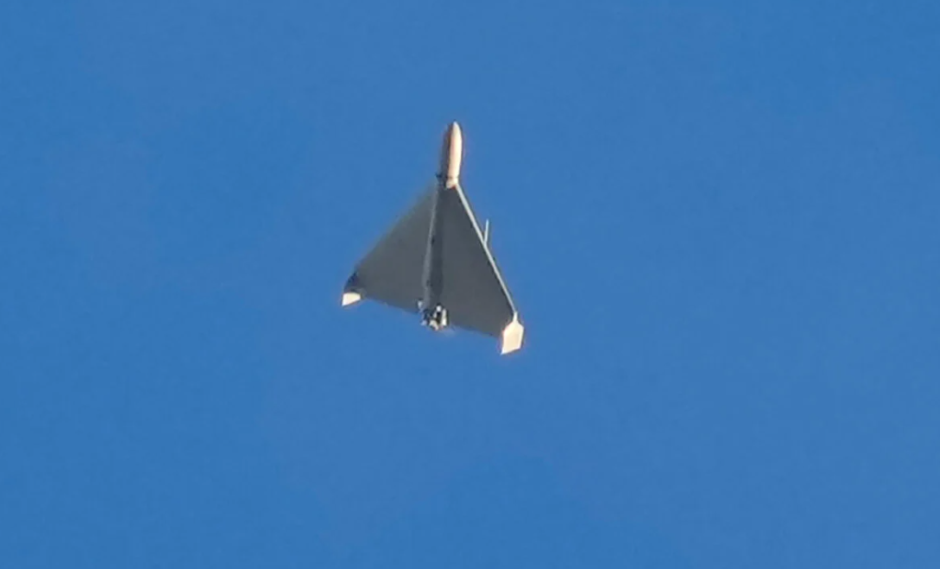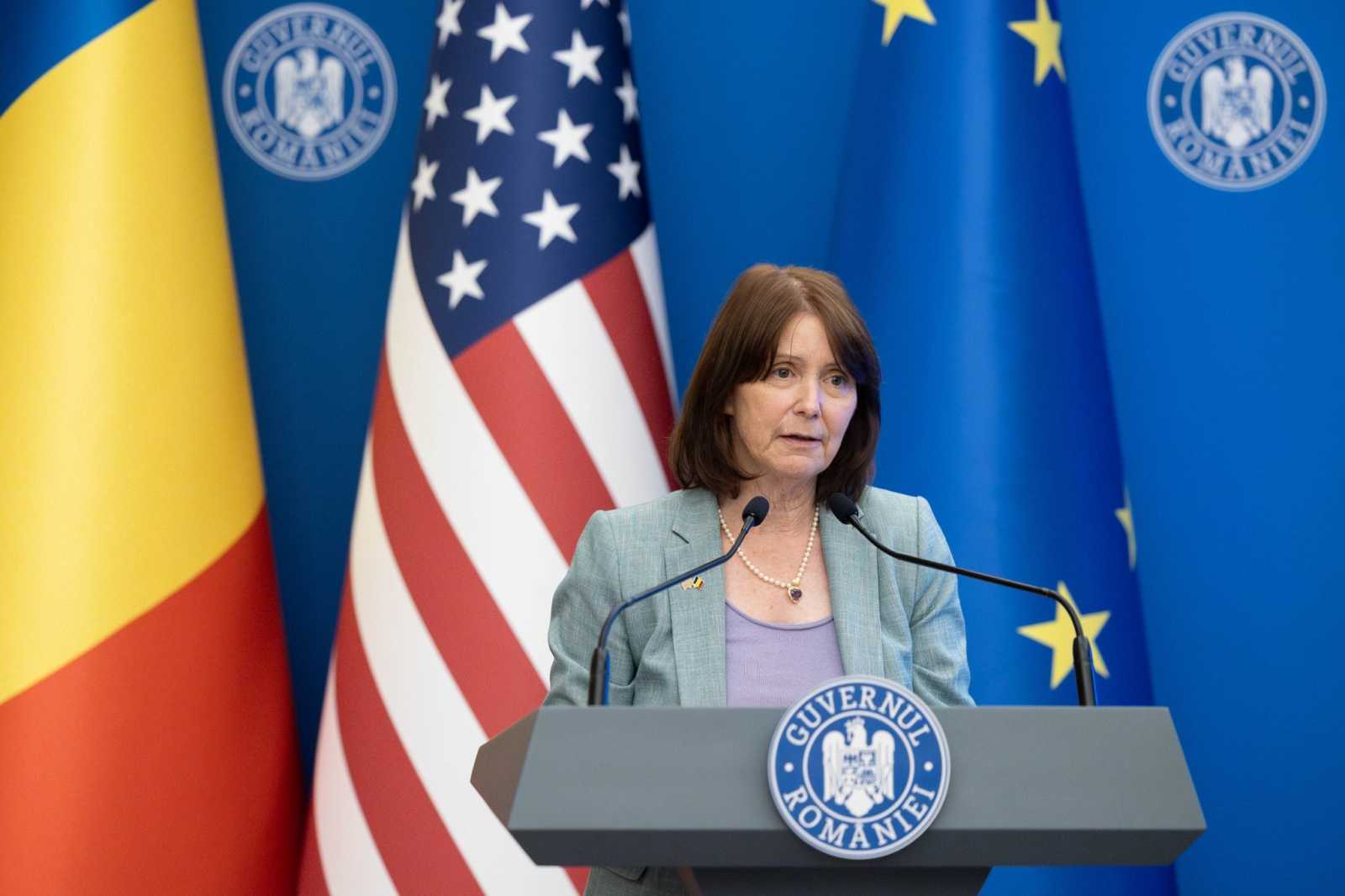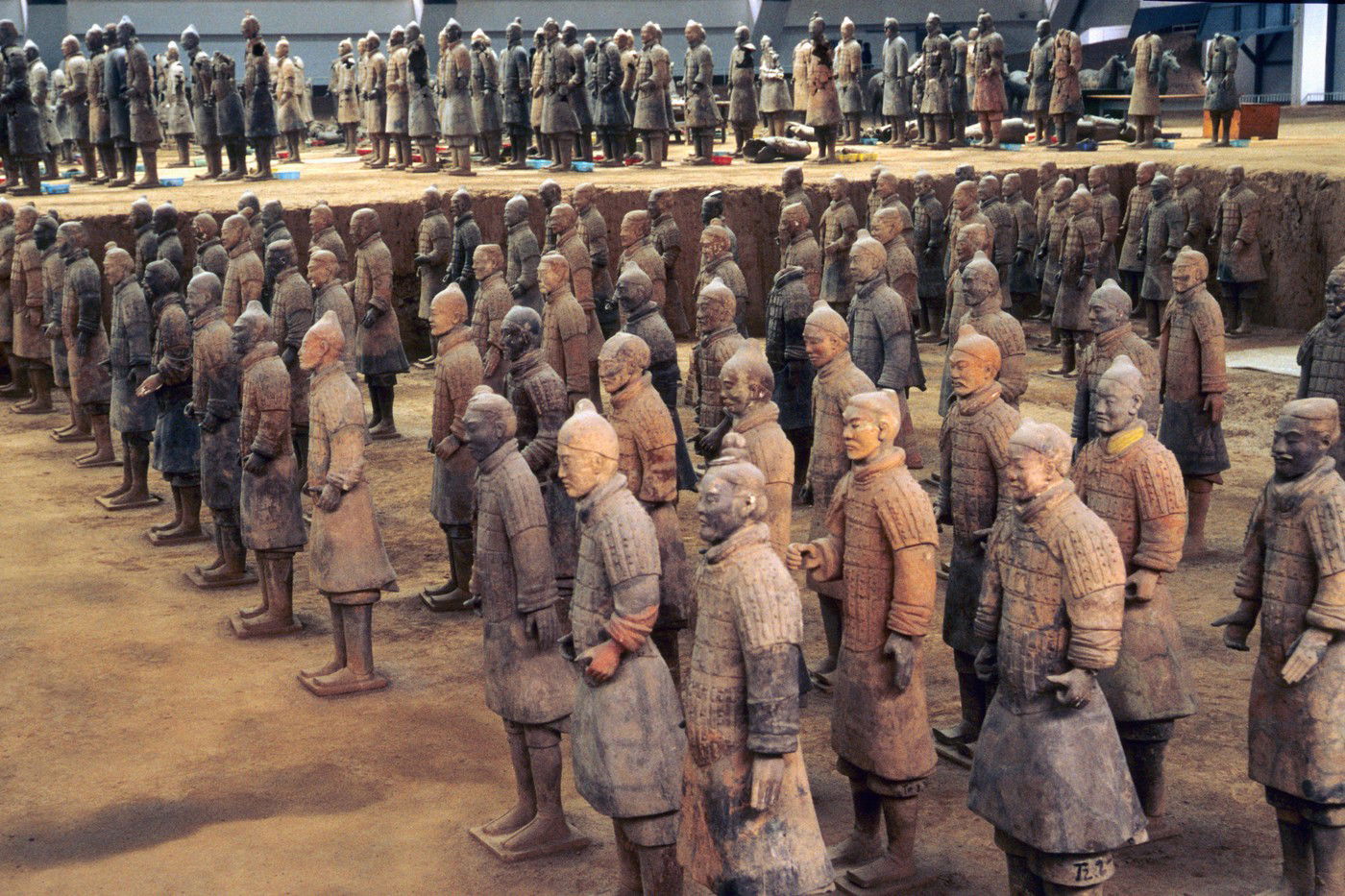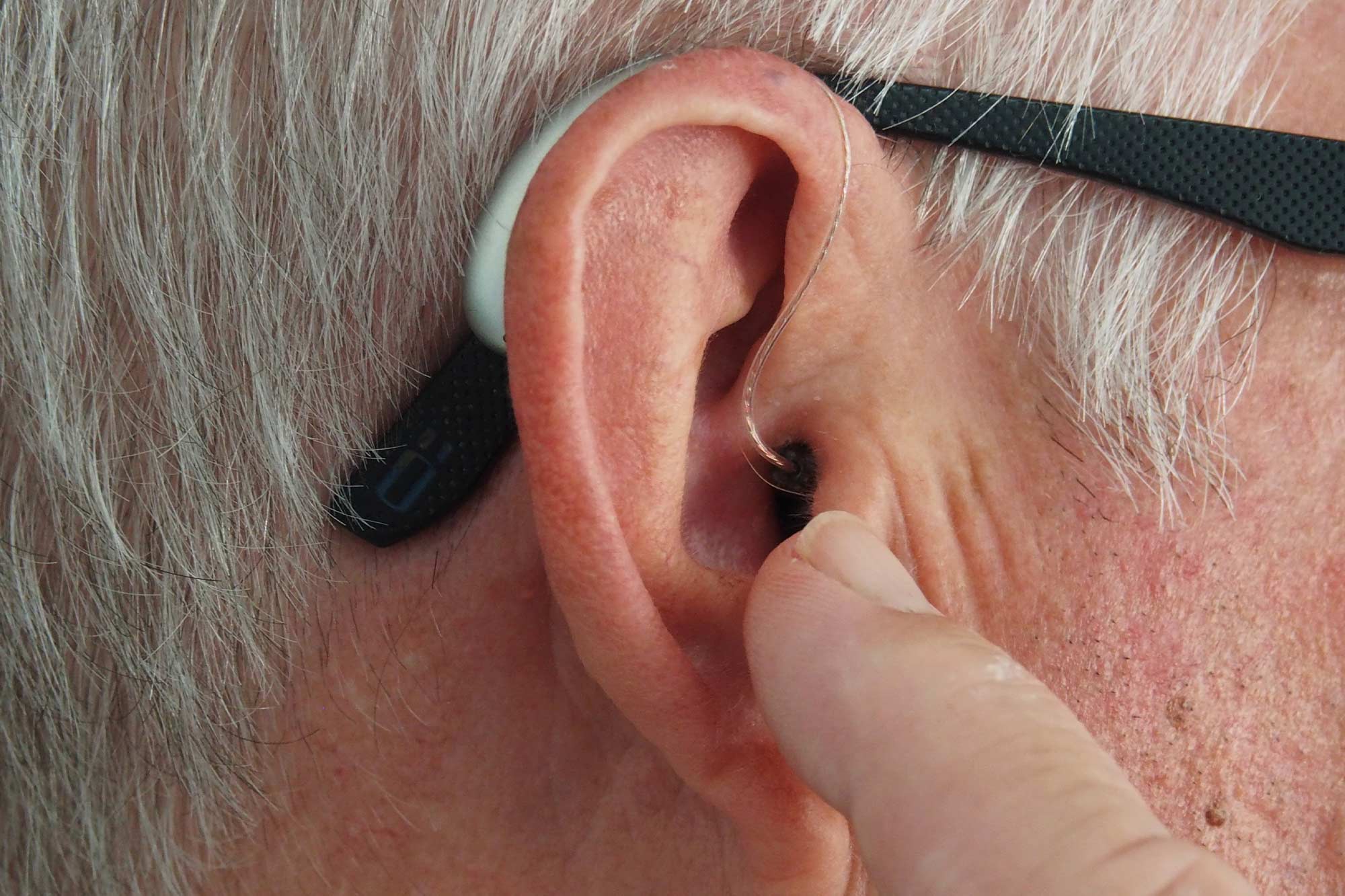Two decades ago, there was no indication in the shallow coastal waters of the Arabian Gulf that islands would appear here soon. Today, off the coast of Dubai, we can see the most surprising newborn spots on Earth. The Earth Observatory Recorded by an American astronaut on April 6, 2022 from the International Space Station.
Two palm-shaped islands, Jebel Ali and Jumeirah, are surrounded by circular dams that protect against storms and waves, and along the coast appears an image of a number of islands that spreads a map of the Earth’s continents. The islands were created in a GPS-controlled way, by shoveling the sea floor and gathering sediment and sand together. The new areas were cemented by a device called vibratory tamping, whose vibrations penetrating deep into the ground were used to compress loose sediment and fill the device’s cavity with stone.
Underground pressure equipment, viboflot.
When designers dreamed of islands in Dubai, in the 1990s, they dared to dream big. The land consists of 300 small islands for luxury rentals and hotels. In addition to the two existing palm-shaped islands, a third, larger palm tree would have been built as originally planned, and an island system called the Universe was also planned, with some elements of the Milky Way and the Solar System being smaller in size. carrots.
Individual small islands created for the land map.
Source: Wikimedia Commons
However, the global crisis of 2007-2008 severely hampered these ambitious plans. The idea of the universe was abandoned, as well as the idea of the third palm, and even the already finished palm is largely disorganized at the moment. One of the islands adding continents to a luxury hotel has already been delivered, and six more will soon follow.
This is how the area has changed, from bottom to top: according to a space survey in 1973, 1990 and 2006.
Source: Earth Observatory
While builders are preoccupied with business issues, scientists are using satellite imagery to make the most of the environmental changes caused by this large-scale coastal shift. newly A study has also been published, in which water quality was measured near one of the palm islands, and major changes were made over a 20-year period. Based on the recordings and measurements of the Landsat 7 and 8 satellites, the amount of floating particles in the water increased, as did the amount of chlorophyll (that is, algae) by 7.5 ° C. In 2020, when tourism plummeted due to the pandemic, water quality showed little improvement.














































